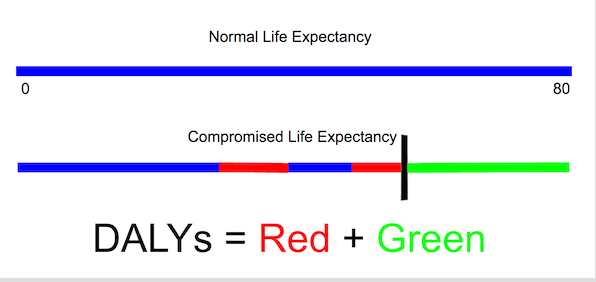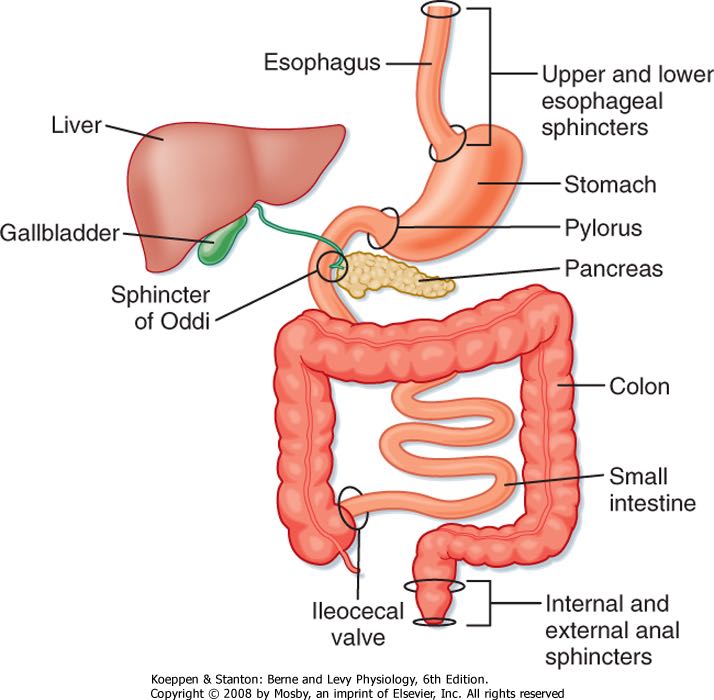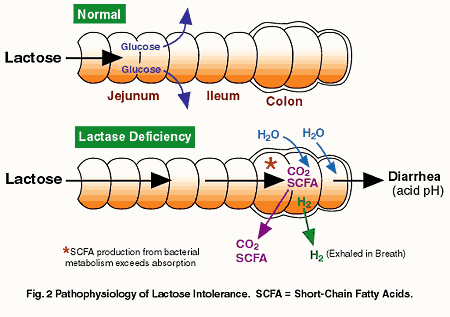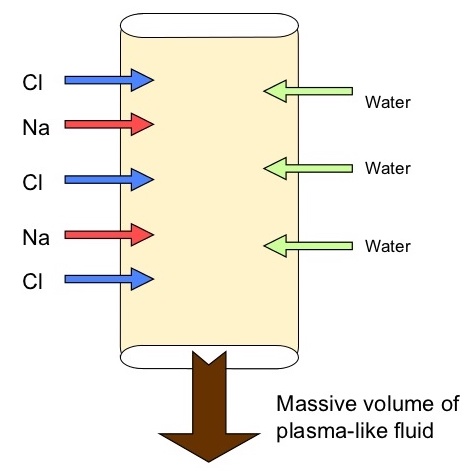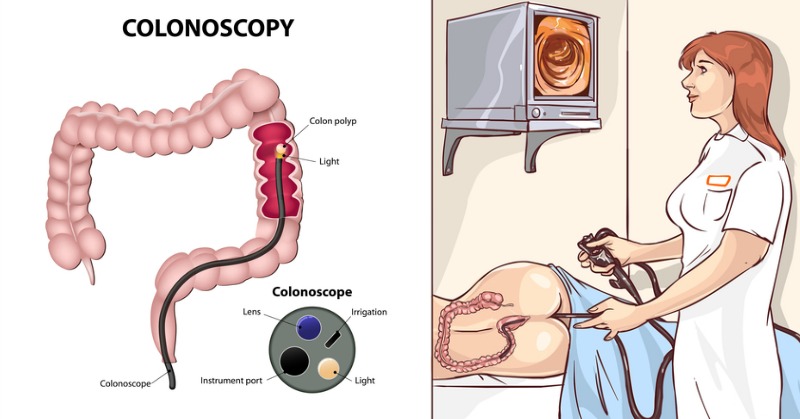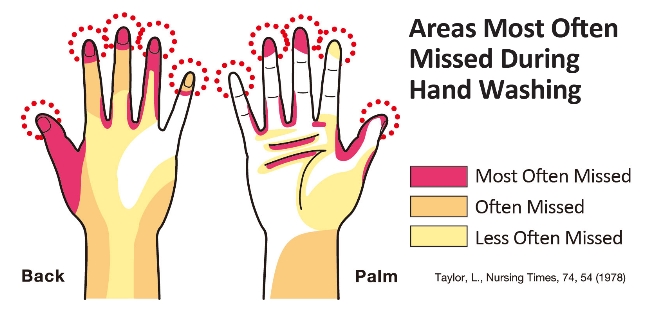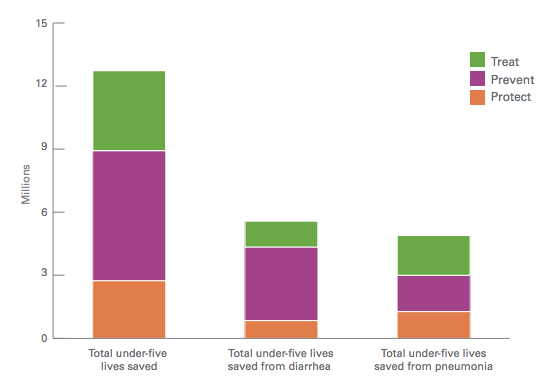Table of Contents
Global Burden of Disease: Diarrhoeal Disease
Disarrhoeal Disease Powerpoint
Introduction
Global Burden of Disease
The global burden of disease measures the burden of a specific disease using the disability-adjusted-life-year (DALY) measurement. This measure combines the years of life lost due to premature mortality and the years of life lost due to time lived in states of less than full health.
Epidemiology
Diarrhoeal Diseases are one of the most prevalent and troublesome diseases around the world. Diarrhoeal Diseases is considered to be a ”disease of poverty” as its burden is concentrated in some of the poorest populations around the world (UNICEF, 2016). According to the World Health Organization (n.d.), Diarrhoeal Diseases are the fifth leading cause of global disability adjusted life years (DALYs) in 2012. Fortunately some progress has been made as since 2000 the global burden associated with Diarrhoeal Diseases has decreased by nearly 38% (WHO, n.d.).
Despite the global progress, diarrhoeal diseases effects the most vulnerable within communities and is the second leading cause of childhood mortality (WHO, 2013). In addition, diarrhoeal diseases are the leading cause of malnutrition for children under the age of 5 (WHO, 2013). What is even more troubling is that developing nations disproportionately share the burden of this disease. More specifically, children living in developing nations average 3 diarrhoeal episodes per year which adversely affects their growth (WHO, 2013).
What it is even more saddening is that the majority of diarrhoeal diseases are typically both preventable and treatable. More specifically, the majority of diarrhoeal disease can be prevented by having access to clean drinking water, adequate sanitation, and practicing proper hygiene (WHO, 2013). However, it is estimated that roughly 780 million people around the world lack access to improved drinking water, and 2.5 billion people around the world lack improved sanitation (WHO, 2013). Healthy children are considered a vital part to the economic well being of a nation and through protective measures such as: breastfeeding, adequate complementary feeding, and Vitamin A supplementation in addition to other preventative measures these children will be able significantly reduce their risk of being negatively affected from such a devastating disease (UNICEF, 2016).
Physiologically, diarrhoeal diseases can leave the body without adequate water and salt, and as a result, many individuals die from severe dehydration and fluid loss (WHO, 2013). In addition, children who are immunocompromised (HIV) and/or malnourished tend to be the most at risk for developing life-threatening diarrhoeal diseases (WHO, 2013).
Pathophysiology
Gastrointestinal (GI) Tract Function and Anatomy
The gastrointestinal tract is the pathway food takes from the mouth, through the esophagus to the stomach, and small and large intestines; it is where important nutrients and water are absorbed. The first part of the GI tract is the esophagus, which connects the mouth, where the food is mechanically and chemically broken down, to the stomach where the food is stored. The stomach stores food and is an area where gastric juices are secreted, which further contributes to the chemical breakdown of the food (MU Healthcare, 2017).
The small intestines are comprised of: the duodenum, the jejunum, and the ileum. The duodenum treats the bolus of food with bile from the liver and enzymes from the pancreas. The jejunum, which is over 10 feet long, continues the process of breaking down the food into its essential form. The ileum, also 10 feet long, is where the majority of food and water absorption takes place. The waste products are passed into the long intestine where last minute water absorption takes place, before it is excreted from the body (MU Healthcare, 2017).
The entire luminal surface of the small intestine is lined with villi, which are small projections of the mucosa. These villi are lined with simple columnar epithelial cells, also known as enterocytes. The cells are tall, with a middle to basal nuclei and an outer brush border of microvilli, which greatly increases surface area (UCSF School of Medicine, 2017). The main function of the enterocytes is:
- Ion absorption - occurs through active transport, typically include Ca, Na, K,
- Water uptake - follow osmotic gradientextalbisehd by Na/K ATPase
- Sugar uptake - Polysaccharide and disaccharides are broken down form large sugar molecules, and absorbed into circulation, which causes a large increase in insulin secretion
- Peptide and amino acid uptake - peptidases break down peptides into smaller peptides or amino acids, which are then absorbed into circulation and transported throughout the body
- Lipid uptake - broken down by pancreatic lipase and bile and transported into circulation
- Secretion of immunoglobulins - IgA from plasma cells in the mucosa are absorbed on the basolateral surface and released into the intestinal lumen.
Diarrheal Disease
Diarrhea is characterized by an increase in the volume of stool or frequency of defecation. It is typically one of the most common symptom of gastrointestinal disease, but it may also reflect disorders outside the digestive system. There are four main mechanisms through which the disease manifests itself (Bailen, n.d.).
1. Osmotic Diarrhea
When excessive amounts of insoluble solutes are retained in the intestinal lumen, water is not reabsorbed and diarrhea will occur. Electrolyte absorption (K, Ca, Na) is unaffected by the presence of the solutes, thus stool water contains very little unabsorbed sodium and potassium (Bowen, 2006). Osmotic diarrhea occurs due to two main reasons:
- Ingestion of poorly absorbed substance - the molecule is typically a carbohydrate or divalent ion. Examples include: mannitol, sorbitol, epson salt, etc
- Malabsorption: inability to absorb certain carbohydrates, proteins or fats. A common example which afflicts many adults and children is lactose intolerance, which is the inability to absorb and properly metabolize the lactose protein. A small consumption of lactose (as milk) is not absorbed in the intestinal lumen due to lack of lactase, instead it acts to retain water.
Osmotic diarrhea typically goes away after the patient has fasted or stops the consumption of the poorly absorbed molecule.
2. Secretory Diarrhea
Secretory Diarrhea is caused by abnormal ion transport in the intestinal epithelial cells, which results in a decrease of the absorption of electrolytes. Typically, large amounts of water is secreted in the small intestine, where it will be reabsorbed before it reaches the large intestine. When the electrolyte balance is overthrown, diarrhea occurs in which large amounts of water is able to reach the large intestine and be excreted (Bailen, n.d.; Bowen, 2006).
Exposure to toxins and several types of bacteria (ie. E.coli and V. cholerae) induces the prolonged opening of calcium ion channels in the intestine, which is responsible for mediating the secretion of water. The prolonged opening causes off-balance of the ion concentration between the lumen and interstitial space. In addition to bacteria, the following agents are also able to induce secretory diarrhea:
- Laxatives
- Hormones secreted by certain tumours
- Large range of drugs (antidepressants, cardiac drugs, anti-asthmatic)
- Metals, organic toxins, and plant products (ie. caffeine, insecticides, arsenic)
3. Inflammatory Diarrhea
Inflammatory Diarrhea occurs when the gastrointestinal barrier of the intestines, composed of epithelial cells with tight junctions, is breached by bacterial or viral pathogens. The destruction of the epithelium results in excretion of serum and blood into the lumen, in addition to disrupting the absorption processes. Due to the large influx of serum and blood into the lumen, the immune system releases white blood cells which stimulate the release of cytokines and inflammatory mediators, which further contributes to the lack of reabsorption (Bowen, 2006). Some common pathogens include:
- Bacteria: Salmonella, E. coli, Campylobacter
- Viruses: rotaviruses, coronaviruses, parvoviruses (canine and feline), norovirus
- Protozoa: coccidia species, Cryptosporium, Giardia
4. Deranged Motility Diarrhea
Deranged Motility Diarrhea occurs when the intestinal contents are accelerated through the intestine, bypassing the mucosal epithelium and decreasing the contact time at the absorptive cells. Slow motility may also results in diarrhea, as the intestinal stasis can contribute to increased bacterial growth (Bowen, 2006).
Diagnosing CAD
To identify the cause of your diarrhoea, some tests can be performed. Usually no laboratory evaluations are needed in patients with mild- acute diarrhea as it will resolve quickly. However if your stool is severe or appears to be bloody, your physician may perform some tests. Stool tests may be performed for bacteria and parasites and to analyze for signs of an infection or conditions affecting the digestive tract. They are checked for color, consistency, shape, and the presence of mucus or blood (Webmd, n.d.). Blood in the stool may indicate colorectal cancer, crohn’s disease,anal fissures, hemorrhoids, ulcerative colitis or gastroesophageal reflux disease. For poor absorption of nutrients by the digestive tract, the stool is collected over a 72- hour period and then checked for fat. A blood count is obtained to see if there is any evidence of anemia or an abnormal white blood cell count. White blood may be caused by inflammation of the intestines such as ulcerative colitis or a bacterial infection. Low levels of reducing factors may be caused by cystic fibrosis, or malnutrition or celiac disease (Webmd, n.d.).
Laboratory tests are often performed to assess the impact of chronic diarrhea on the patient’s. An ultrasound and CT scan of the abdomen can also be performed to evaluate the bowel, pancreas and and other intra-abdominal organs (Mayo Clinic, n.d.). In addition, if you have unexplained persistent diarrhoea, your doctor may also recommend a digital rectal examination (DRE), where the health care provider inserts a gloved finger into the rectum to check for abnormalities. If they are still unable to find the root cause, a colonoscopy or a sigmoidoscopy is performed. Both procedures use a tube with a small camera and light are inserted into your bottom and up into your bowel to examine the inside of the colon and rectum. A colonoscopy differs from a sigmoidoscopy based on the areas of the colon that are seen and the size of the tube used. For colonoscopy, a large tube is used to examine the entire bowel. Whereas, with a sigmoidoscopy a thin, flexible tube is used to examine only up till the sigmoid (Fischbach & Dunning, 2009). Both of these procedures allow direct examination of the bowel mucosa and the ability to obtain biopsies for microscopic evaluation (Fischbach & Dunning, 2009).
Risk Factors
Life Style Risk Factors
There are several lifestyle and physiological risk factors for diarrhea. One lifestyle risk factor includes improper hand washing techniques. A study investigated the risk factors of diarrhea in children below the age of 5. The study concluded that the primary risk factors include irregular hand-washing by mothers after going to the washroom, no hand-washing by mothers before feeding children and unsafe storage of food for later use (Hung 2006).
Furthermore, the risk of diarrhea may increase with travelling due to the stress associated with it. There is a high risk of traveller’s diarrhea in areas of Central and South America, Mexico, Africa, the Middle East and most of Asia (Mayo Clinic 2016). This increased risk is associated with a change in diet and environmental changes. Another lifestyle risk factor includes a weakened immune system caused by smoking, alcohol abuse, immunosuppressant medications and etc. A weakened immune system will increase the susceptibility of secondary infections, which could cause diarrhea.
Physiological Risk Factors
The physiological risk factors for diarrhea include common medications like antibiotics. Antibiotics cannot distinguish between the “good” and the “bad” bacteria. As a result, the “good” bacteria in the colon get destroyed as well and the delicate balance of bacteria in the gut is disrupted, which may cause diarrhea (Rodriguez 2009). Another medication that may cause diarrhea is antacids. The stomach acid kills bacteria and antacids reduce this stomach acid (Rodriguez 2009). This leaves more opportunity for the bacteria to survive and cause diarrhea.
Additionally, food intolerances can increase the chances of diarrhea. For example, many people are lactose intolerant where their body produces insufficient amounts of the enzyme, lactase to break down lactose. In this case, the lactose builds in the digestive tract and causes diarrhea (Rodriguez 2009). Lastly, intestinal disorders like the Crohn’s disease causes an inflammation in the colon, which can cause very frequent diarrhea.
Treatments
Depending on the severity and duration of the diarrhoeal episode, the course of treatment recommended can vary significantly. In situations where the diarrhea lasts for longer than a few days, it can indicate a more significant underlying (even chronic) health condition (MedLine, 2017).
When to Seek Medical Attention
It is recommended that an individual seeks medical attention for diarrhea if any of the following conditions occur:
- The diarrhea lasts longer than 2 days in an adult, or longer than 24 hours in a child,
- Severe pain develops in the abdomen or rectum
- You have a fever of 102 degrees F or higher,
- Stools being passed are black and tarry, and/or contain blood or pus,
- You begin to show signs of dehydration (MedLine, 2017).
Symptoms of dangerous dehydration or water deprivation include, but are not limited to, headaches, nausea, vomiting, cramps, excessive thirst, and a dry mouth (Ellershaw et al., 1995).
Mild Cases of Diarrhea
Mild cases of diarrhea can be treated at home by replacing lost fluids and electrolytes (Dupont, 2009). It is recommended that adults consume lots of fluids such as water, fruit juices, sports drinks, and salty broths (Dupont, 2009). Caffeine and alcohol should be avoided as they are both diuretics, which increase the amount of salt and water expelled from the body as urine (Dupont, 2009). Affected individuals should also avoid sugar-free chewing gum and candy, which contain sorbitol and mannitol which can promote osmotic diarrhea (Abraham et al., 2007). Osmotic diarrhea occurs when too much water is drawn into the bowels due to excessive sugar or salt consumption (Abraham et al., 2007). The emphasis should be placed on consuming foods that are easy to digest (e.g. soft foods) (Dupont, 2009). Following a “BRAT” diet of bananas, rice, applesauce, and toast is often recommended to individuals with acute diarrhea, but randomized trials have not shown that this diet expedites recovery in any way (Dupont, 2009). In children and infants, it has been shown that oral feeding with rehydration preparations (e.g. Pedialyte, WHO rehydration solution) should continue during the illness to prevent dehydration (Hamilton, 2013).
*WHO Rehydration Solution*:
- ½ tsp salt (3.5 g NaCl),
- 1 tsp baking soda (2.5 g NaHCO3),
- 8 tsp sugar (40 g glucose),
- 8 oz orange juice (1.5 g KCl),
- 1 L water.
This solution is recommended because it is has electrolytes and contains both glucose and starch.
Over the Counter Treatments
Anti-diarrheal medications (e.g. Immodium) that slow bowel motility can be used in symptom management, however in situations where bacteria or parasites may be the cause of diarrhea they should be avoided as they would increase the contact time the pathogen has with the gut mucosa (Dupont, 2009). Drugs such as Immodium contain Loperamide, which works to slow the contractions of the intestines (Dupont, 2009).
Antiomicrobial and Antiparasitic Treatments
In situations where the diarrhea is persistent or severe, antimicrobial or antiparasitic agents may be recommended by a physician. Depending on the cause of the diarrhea, different medications can be prescribed to eradicate it. One of the most common bacterial causes of diarrhea is Clostridium difficile, which would be treated with metronidazole, a drug designed to treat infections caused by anaerobic bacteria (protozoa) (Hamilton et al., 2013).
Future Global Burden
The mortality rates for diarrhoeal disease is overall declining but still remains high globally. According to the World Health Organization, in 2012, water, sanitation and hygiene were responsible for about 842,000 annual deaths from diarrhoeal disease (WHO,n.d.). In addition, most of these deaths occur in the world’s poorest regions such as sub- Saharan Africa and South Asia due to mainly malnutrition, poor hygiene and access to clean water. According to a report conducted by United Nations Children's Fund, over 5 million lives of children under the age of 5 could be saved by 2030 from diarrhoea, by preventing, protecting and treating children (United Nations Children's Fund, 2016). Thus, with improvements related to hygiene, water resource management and sanitation made, it is expected to decrease the burden of the disease worldwide (WHO, n.d.).
References
Abraham, B., & Sellin, J. H. (2007). Drug-induced diarrhea. Current gastroenterology reports, 9(5), 365-372.
Bailen, L. S. (n.d.) Diarrhea and Malabsorption. Retreived from: http://ocw.tufts.edu/Content/48/lecturenotes/571075
Bowen, R. (2006). Pathophysiology of Diarrhea. Retreived from: http://arbl.cvmbs.colostate.edu/hbooks/pathphys/digestion/smallgut/diarrhea.html
DuPont, H. L. (2009). Bacterial diarrhea. New England Journal of Medicine, 361(16), 1560-1569.
Ellershaw, J. E., Sutcliffe, J. M., & Saunders, C. M. (1995). Dehydration and the dying patient. Journal of pain and symptom management, 10(3), 192-197.
Fischbach, F. T., & Dunning, M. B. (2009). A manual of laboratory and diagnostic tests. Lippincott Williams & Wilkins.
Hamilton, A. C., & Auron, M. (2013). Diarrhea. Hospital Medicine Clinics, 2(2), e227-e246.
Hung, B. (2006). The most common causes of and risk factors for diarrhea among children less than five years of age admitted to Dong Anh Hospital, Hanoi, Northern Vietnam, 16-18.
Mayo Clinic.(n.d.). Diagnosis. http://www.mayoclinic.org/diseases-conditions/diarrhea/diagnosis-treatment/diagnosis/dxc-20232996
Mayo Clinic. (2016, October 4). Traveller's Diarrhea. Retrieved from http://www.mayoclinic.org/diseases-conditions/travelers-diarrhea/symptoms-causes/dxc-20251649
MU Health Care (2017). Anatomy and Function of the GI Tract. Retreived from: http://www.muhealth.org/services/surgical/bariatrics/getting-started/anatomy-and-function-of-the-gi-tract/
Rodriguez, D. (2009, January 7). Common Causes of Diarrhea. Retrieved from http://www.everydayhealth.com/digestive-health/common-causes-of-diarrhea.aspx
Ross, M.H. & Pawlina, W. (2003) Histology: A Text and Atlas, 4th Edition. Lippincott Williams & Wilkins, Philadelphia.
UNICEF (2016). One is too many: Ending child deaths from pneumonia and diarrhoea. Retrieved from: https://data.unicef.org/wp-content/uploads/2016/11/UNICEF-Pneumonia-Diarrhoea-report2016-web-version_final.pdf
United Nations Children's Fund (2016). Pneumonia and Diarrhoea Report. Retrieved from: https://data.unicef.org/wp-content/uploads/2016/11/UNICEF-Pneumonia-Diarrhoea-report2016-web-version_final.pdf
Webmd. (n.d.). Stool analysis. Retrieved from http://www.webmd.com/digestive-disorders/stool-analysis#1
World Health Organization (2013). Diarrhoeal Diseases. Retrieved from: http://www.who.int/mediacentre/factsheets/fs330/en/
World Health Organization. (n.d.). Estimates for 2000-2012: Disease Burden. Retrieved from: http://www.who.int/gho/phe/water_sanitation/burden_text/en/
Zaki, M., Gallad, K. B., Ramadan, D. G., & Ogila, S. (1999). A newborn with watery diarrhoea. Postgraduate medical journal, 75(882), 245-247.
